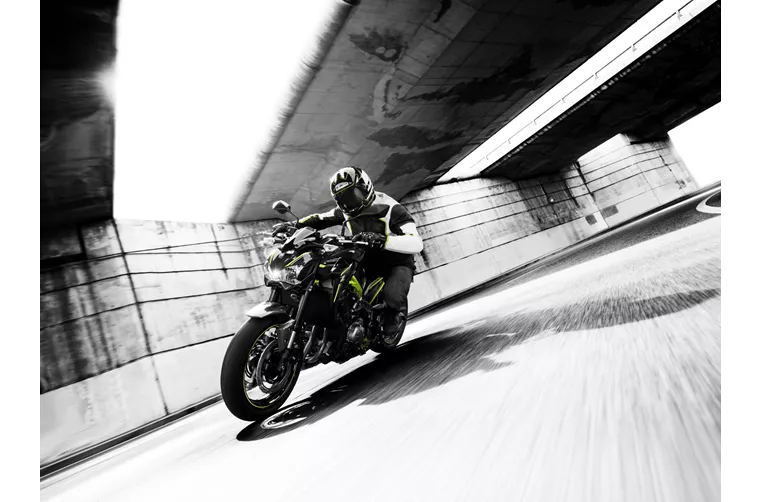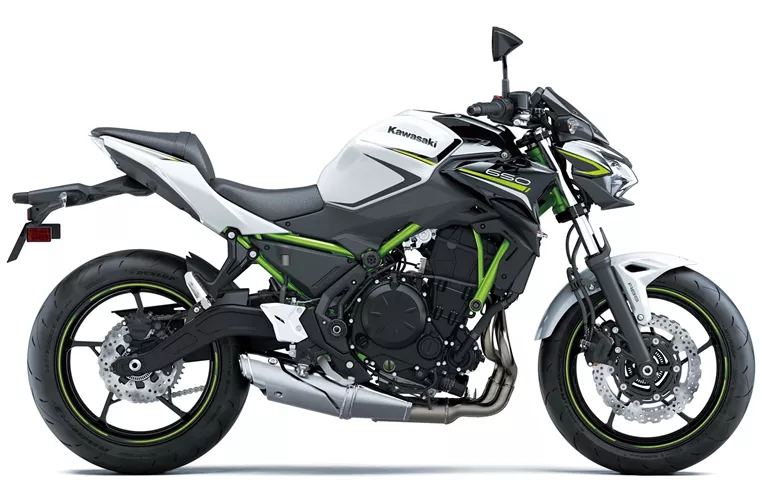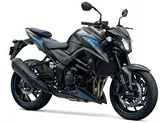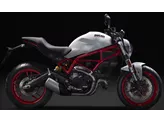Kawasaki Z900 2018 vs. Kawasaki Z650 2020

Kawasaki Z900 2018
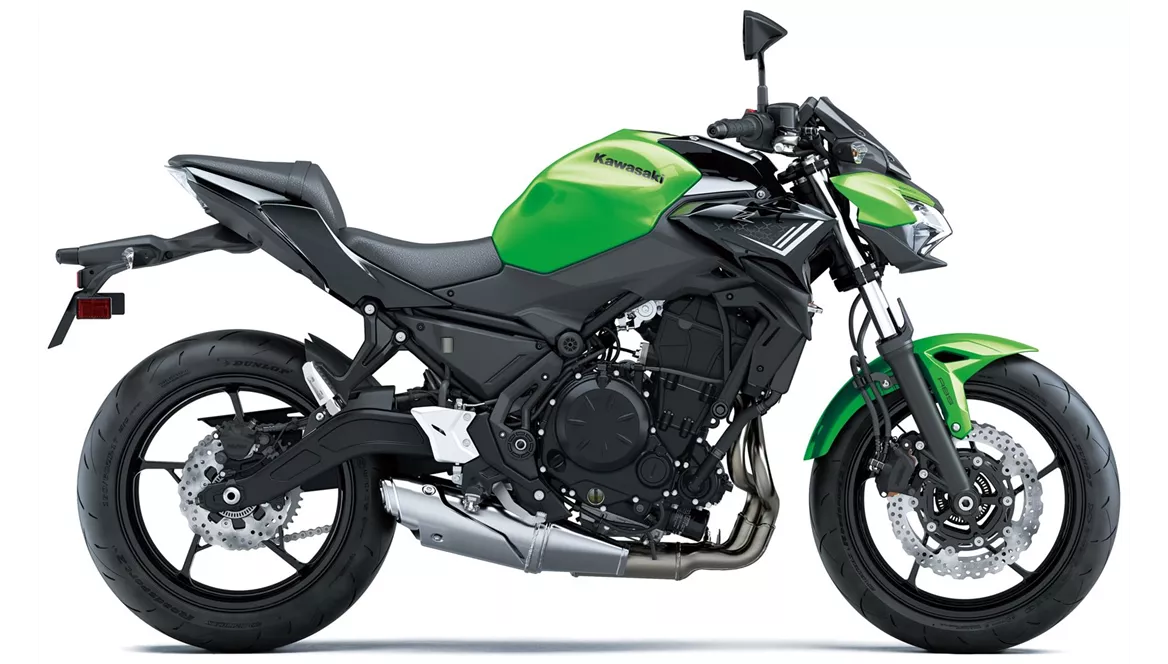
Kawasaki Z650 2020
Overview - Kawasaki Z900 2018 vs Kawasaki Z650 2020
The Kawasaki Z900 2018 is equipped with a powerful and smooth inline four-cylinder engine that delivers 125.4 horsepower and 98.6 Nm of torque. The engine is fuel-injected and has a displacement of 948cc. It is cooled by a liquid cooling system.
In terms of suspension, the Z900 2018 features an upside-down telescopic fork at the front and a swing arm with a monoshock at the rear. The rear suspension can be adjusted for preload and rebound. The frame of the bike is made of steel and has a double cradle design.
The front brakes of the Z900 2018 are double disk with a diameter of 300mm and four pistons. The brakes use petal technology for improved performance. The bike also comes with ABS as an advanced rider assistance system. The front tire has a width of 120mm and a diameter of 17 inches, while the rear tire has a width of 180mm and a diameter of 17 inches. The wheelbase is 1450mm and the seat height is 795mm. The bike has a kerb weight of 210kg with ABS.
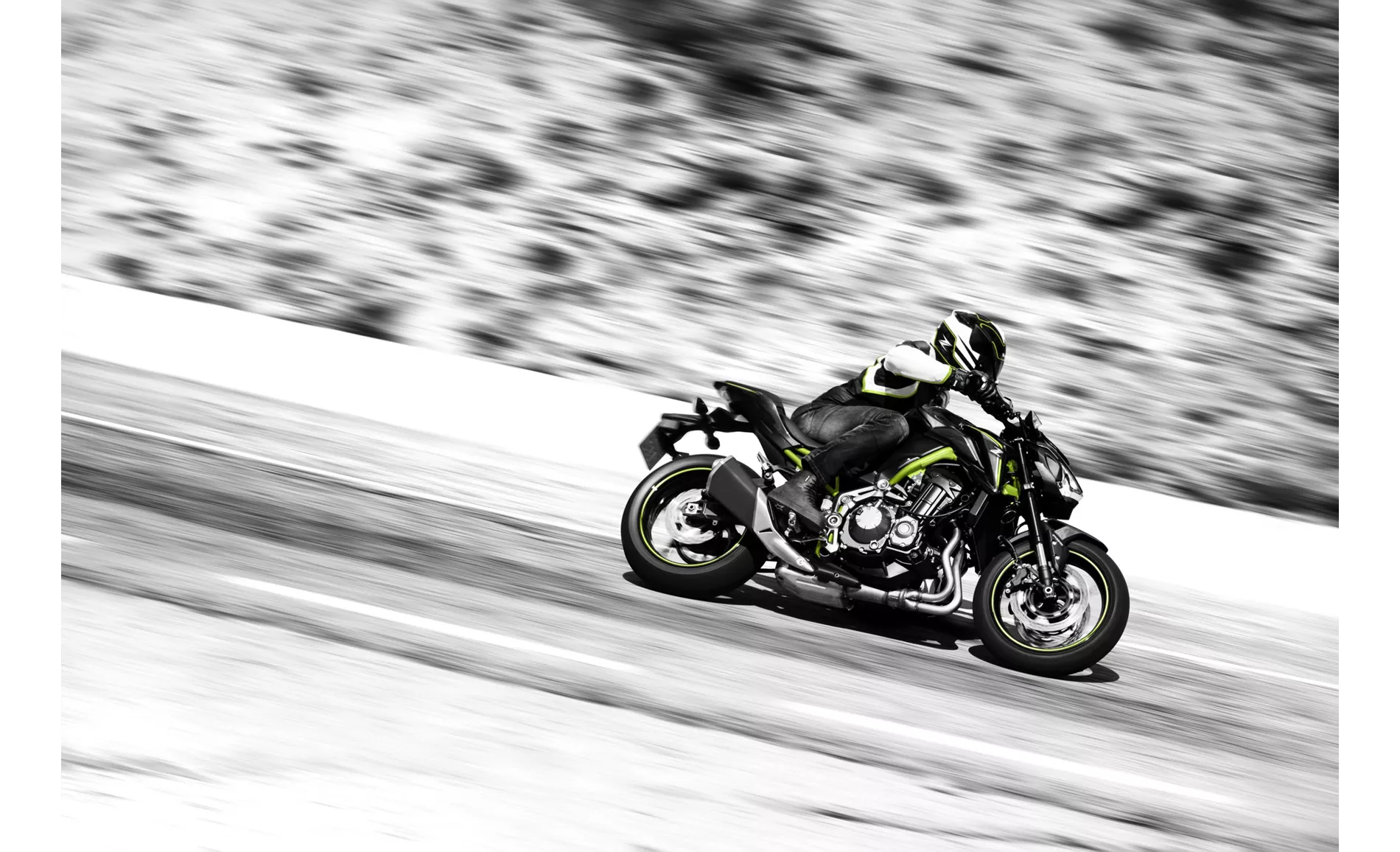
Kawasaki Z900 2018
The Kawasaki Z650 2020 is powered by an inline twin-cylinder engine that produces 68.2 horsepower and 65.7 Nm of torque. The engine is also fuel-injected and has a displacement of 649cc. It is cooled by a liquid cooling system.
The suspension setup of the Z650 2020 consists of a telescopic fork at the front and a swing arm with a monoshock at the rear. The rear suspension can be adjusted for preload. The frame of the bike is made of steel and has a tubular design.
Similar to the Z900 2018, the Z650 2020 has double disk front brakes with a diameter of 300mm. However, the front brakes use double piston calipers instead of four pistons. The bike also comes with ABS as an advanced rider assistance system. The front tire has a width of 120mm and a diameter of 17 inches, while the rear tire has a width of 160mm and a diameter of 17 inches. The wheelbase is slightly shorter than the Z900 2018 at 1410mm, and the seat height is 790mm. The bike has a kerb weight of 187.1kg with ABS.
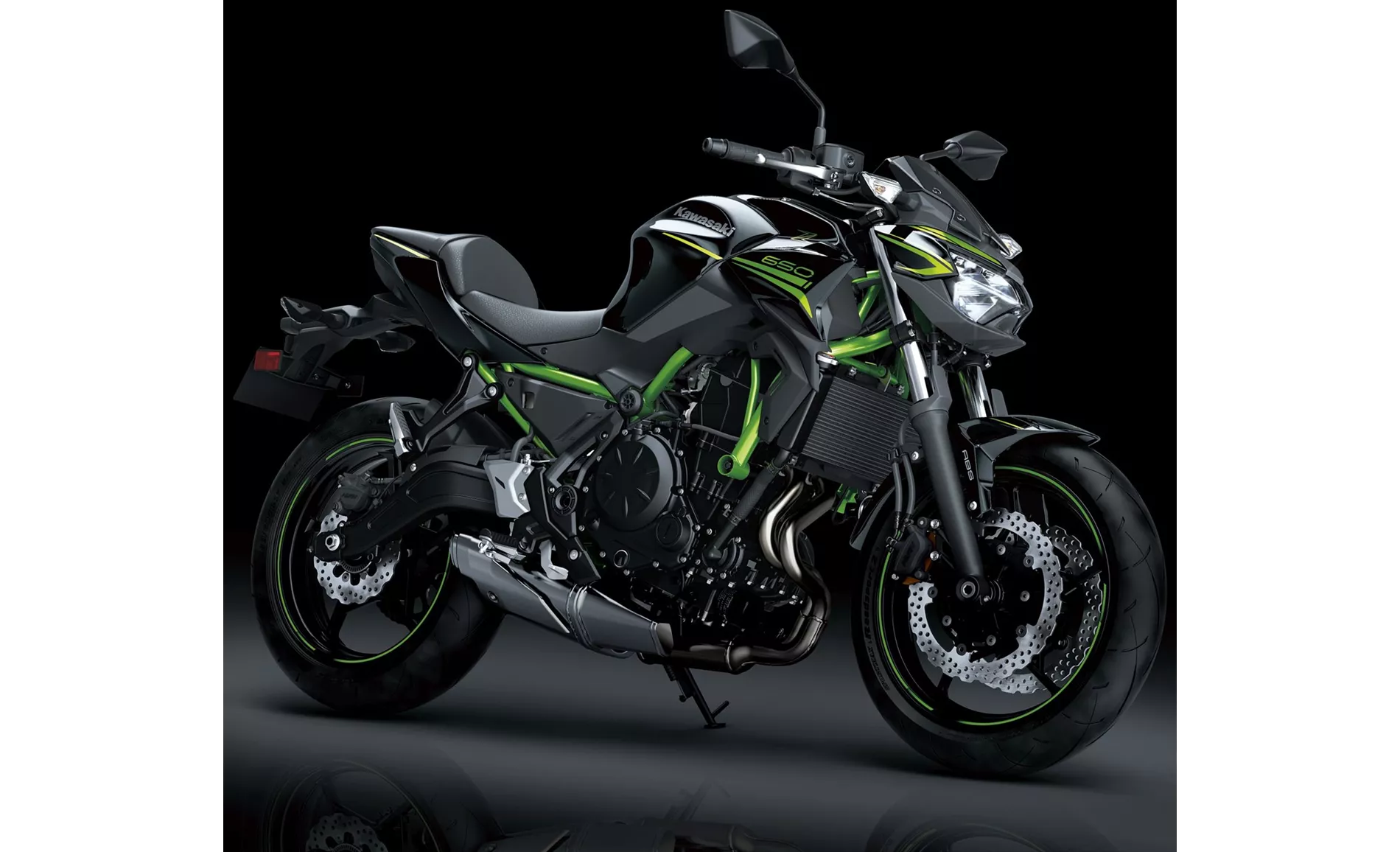
Kawasaki Z650 2020
In terms of strengths, the Z900 2018 is praised for its powerful and smooth engine, great sound, sharp and sporty look, low seating position, and easy handling and manoeuvrability. On the other hand, the Z650 2020 is commended for its powerful two-cylinder engine, aggressive intake noise, compact dimensions, low seat height, stable chassis, TFT display with connectivity, and grown-up look.
As for weaknesses, the Z900 2018 is criticized for its lack of traction control and the knee angle being strenuous for tall riders in the long run. On the other hand, the Z650 2020 is noted to have a front brake pressure point that may not be to everyone's liking, it may be uncomfortable for tall riders, and the Rideology App is not considered to be 100% sophisticated.
Overall, the Kawasaki Z900 2018 offers a more powerful engine and a higher level of performance, while the Z650 2020 provides a more compact and accessible package with some modern features. The choice between the two models depends on the rider's preferences and priorities.
Technical Specifications Kawasaki Z900 2018 compared to Kawasaki Z650 2020
Pros and Cons in comparison
Pros and Cons in comparison
Kawasaki Z900 2018
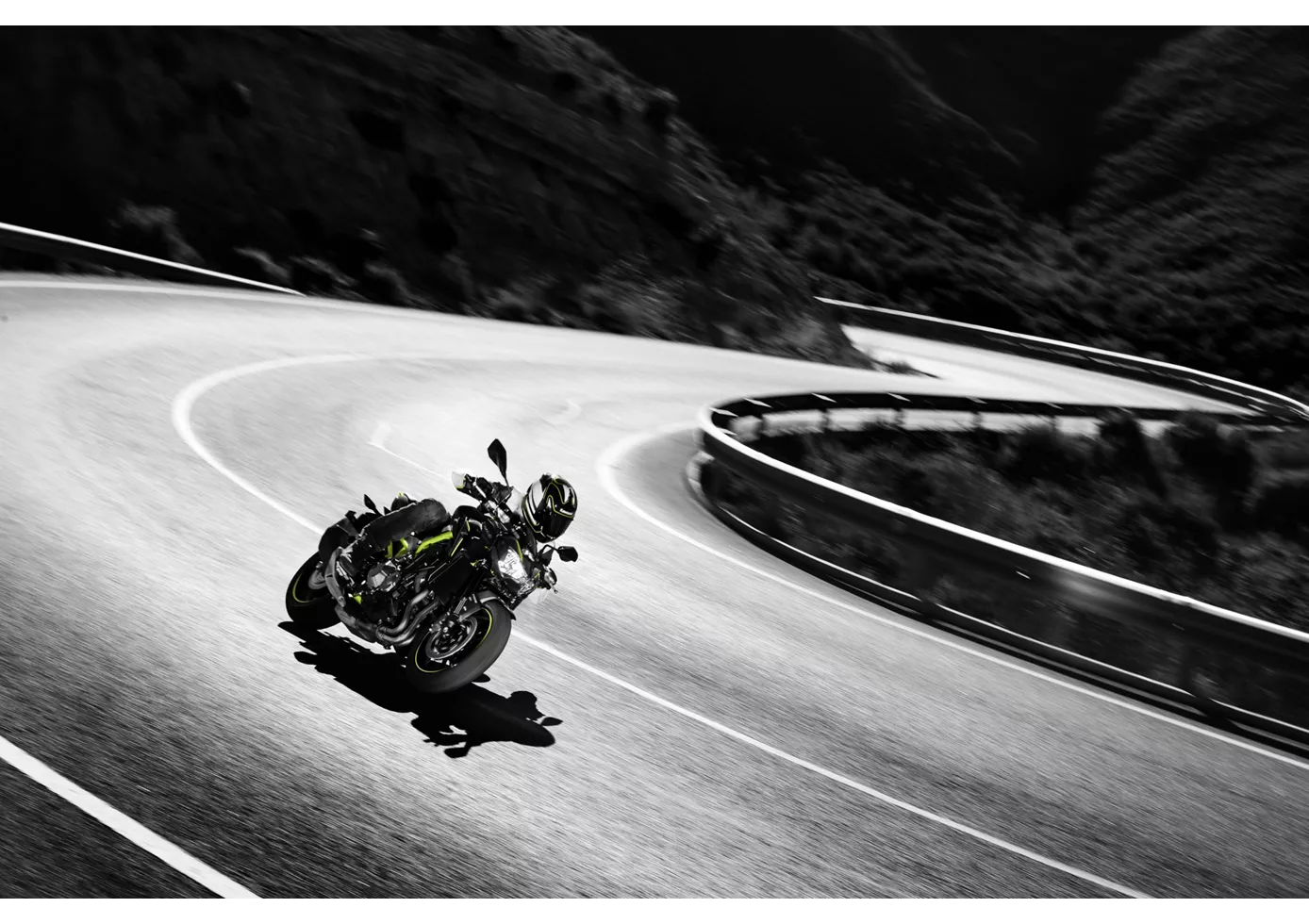
In the hotly contested naked bike segment, the Z900 plays right at the front. Above all, its engine is absolutely terrific, runs incredibly silky and offers rich power in all rev regions - as befits a Japanese four-cylinder. Its sporty, aggressive appearance matches this. It does without electronic bells and whistles, but still conveys a lot of confidence when chasing corners, braking and accelerating out of them. The low seat is especially beneficial for smaller riders, but taller riders might miss a flatter knee angle on long distances. The low weight and compactness make the Z900 particularly agile and easy to handle. A sporting cannon that is also extremely appealing in terms of price
Kawasaki Z650 2020
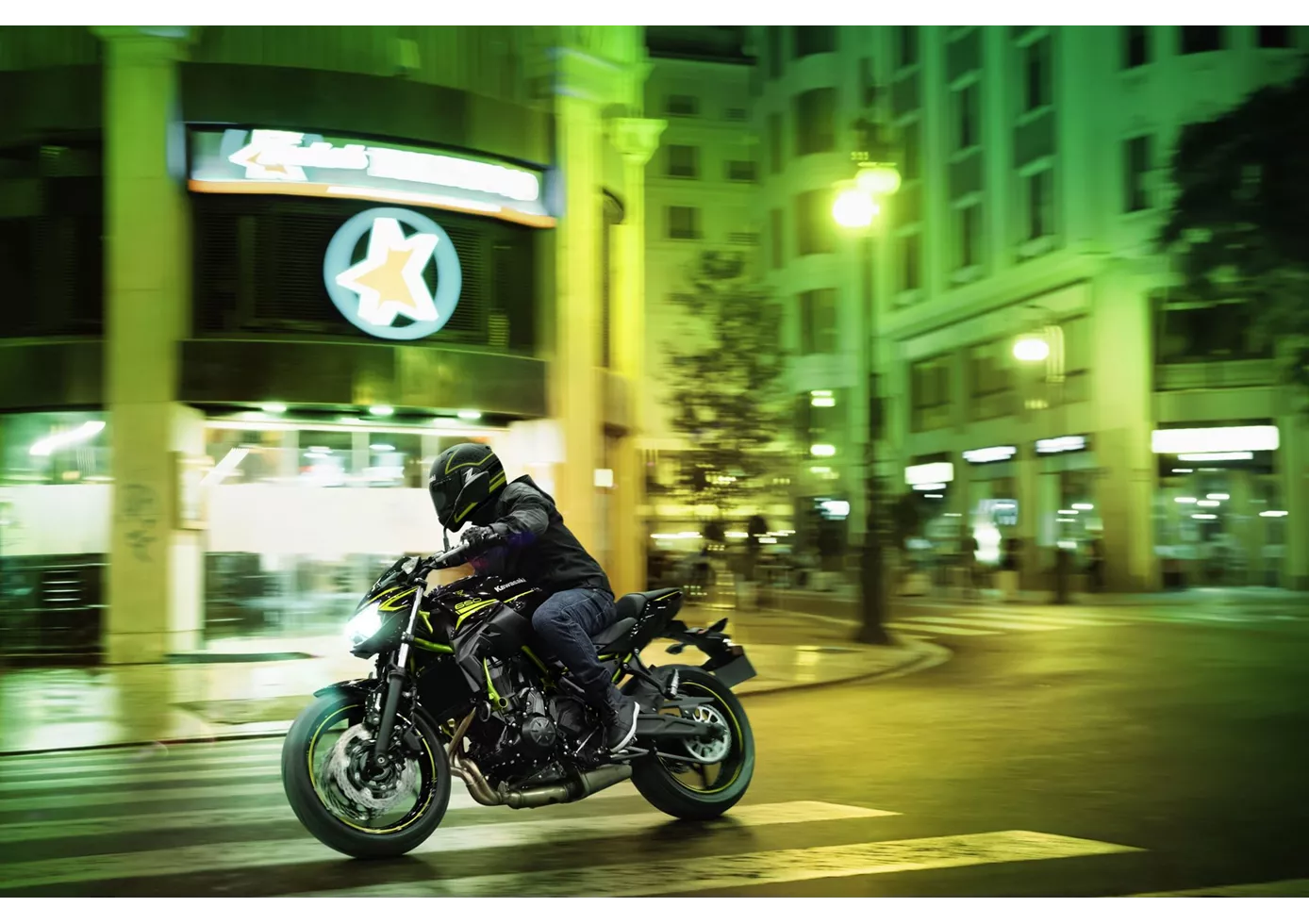
It's simply marvellous what Kawasaki has put together in a complete package with the new Z650. The technical components may not knock your socks off individually, but in combination they make for a pleasantly neutral motorbike that everyone will enjoy. No bitchy idiosyncrasies - simply a naked bike that works really well on winding country roads. Of course, the TFT display, which we don't find in the competition at the moment, is a plus, as is the grown-up look, which is strongly oriented towards the larger Z models. Only the pressure point of the front brake could have been more clearly defined - but you can't have everything in this price range.
Price Comparison Avarage Market Price Kawasaki Z900 vs Kawasaki Z650
There are a few key differences between a Kawasaki Z900 2018 and a Kawasaki Z650 2020. In terms of price, the actual average price of a Kawasaki Z900 2018 is about 38% higher. A Kawasaki Z900 2018 experiences a loss of 640 USD in one year of ownership. This is offset by a loss of 30 USD for a Kawasaki Z650 2020. Compared to Kawasaki Z650 2020 there are more Kawasaki Z900 2018 bikes available on the 1000PS.de Marketplace, specifically 55 compared to 21. It takes less time to sell a Kawasaki Z650 with 80 days compared to 112 days for the Kawasaki Z900. Since model year 2017 1000PS.de editors have written 46 reviews for the Kawasaki Z900 and 31 reviews for the Kawasaki Z650 since model year 2017. The first review for the Kawasaki Z900 was published on 11/11/2016 and now has more than 93,200 views. This compares to more than 25,000 views for the first review on Kawasaki Z650 published on 11/8/2016.
